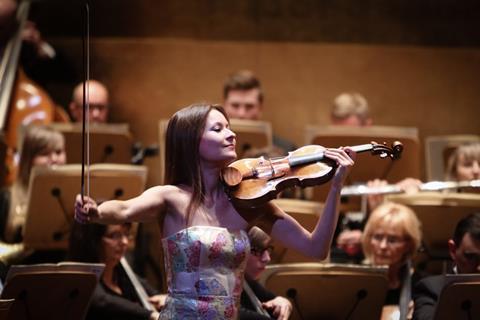For the German violinist, Khachaturian’s Violin Concerto opened the doors to 20th-century repertoire – and with it, whole new sound worlds

The following is an extract from the ‘Sentimental Work’ column in The Strad’s November 2017 issue – to read the full article download the issue on desktop computer or via the The Strad App, or buy the print edition
Whereas in Mozart you have to be quite delicate at all times, I found that Khachaturian allows you to put in all the energy you like, and really go for it! There’s so much fire it’s quite exhausting – there are so many long passages with lots of vibrato and intense left-hand work. The first and second movements are filled with passion and emotion, while the last movement is very light and has the character of a dance. As well as being a lot of fun, the piece inspired me to discover the other great concertos of the 20th century – Prokofiev, Hindemith, Britten and so on.
I would say that the Khachaturian is an excellent concerto to help students improve their technique, but they need to understand that there are no short cuts to playing it! I’ve sometimes noticed a feeling among young players that they don’t have to play every single note, because they think listeners won’t notice anyway – nothing could be further from the truth. With a piece like this in particular, one with so many unusual sequences that require such specific techniques, respecting the notes is important not only for the fingers but for understanding the piece.
To read the full article, download The Strad’s November 2017 issue on desktop computer or via the The Strad App, or buy the print edition


































No comments yet